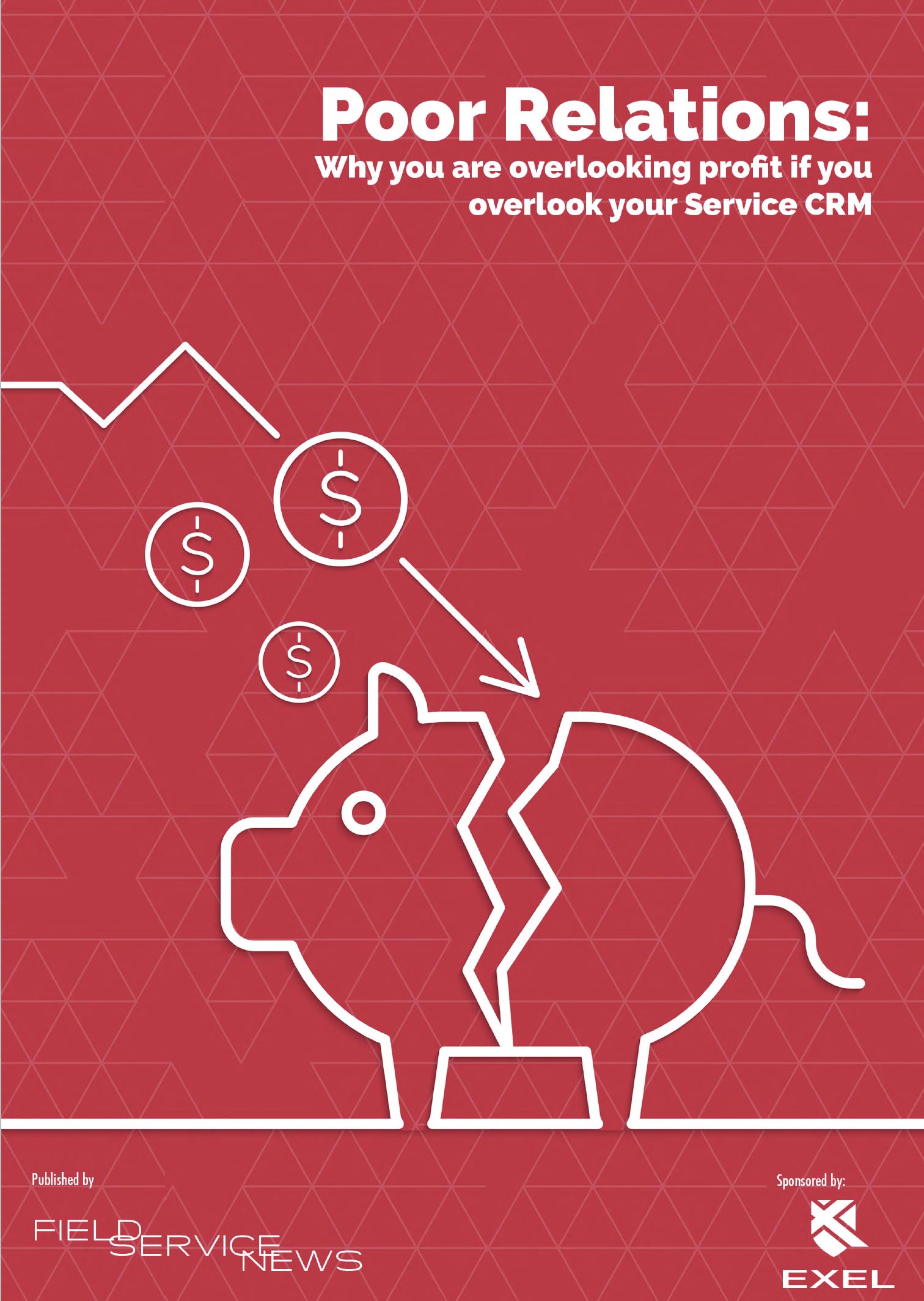Executive Briefing: Is Remote First the Default of the New Normal?
It’s been written many times, but the further we enter into the twenty-first century the closer the relationship between business and technology becomes.
For the largest enterprise-level companies technology is driving innovation and efficiency in equal measure across all verticals.
At the other end of the spectrum technology is empowering small and medium-sized businesses to thrive, with developments such as vastly increased mobile connectivity and the power and prevalence of the devices utilising it, enabling them to be on a truly level playing field with larger more established companies for the first time in history.
And for those companies with a field service division, that link between technology and operations is perhaps even closer still. Field Service has long been ahead of the curve of the wider business community when it comes to technology.
For example, while Enterprise Mobility Management (EMM) is now becoming an established market of its own (and is predicted to become a £160 Billion industry by 2019) much of the core tenants and technologies at the heart of EMM, such as Mobile Device Management (MDM) and Mobile Content Management (MCM), are mainstays of the mobility solutions of which many field service companies are now in their third, fourth or even fifth iteration.
The same is also true for many of the back-end systems that are key to driving field service businesses forwards.
Routing and scheduling systems for example are very much the norm amongst field service companies, whilst new capabilities to both collect and interpret more data than ever before have driven the evolution of fundamental business tools, such as Customer Relationship Management (CRM) and Enterprise Resource Planning (ERP), which form the spine of many companies operations.
Yet one area that is overlooked is Service CRM, an often neglected cousin of the traditional CRM that is a tool primarily for the sales division.
In this white paper, we look at why overlooking Service CRM is such a potentially dangerous mistake and why it is vital your Service CRM is fully integrated into your wider system infrastructure.
- Should we move towards a remote-first approach to service delivery as a default?
- What exactly does remote service delivery mean?
- Will the effectiveness of how we deliver remote services become a crucial differentiator moving forward?
These questions and more are crucial to understand as we begin to move forward into the new normal.
To find out more about how the field service sector is responding to these questions, Field Service News Research in partnership with Salesforce has undertaken a highly focused research study, talking to over 140 field service management leaders across the world.
White Paper: Poor Relations (2015)
It’s been written many times, but the further we enter into the twenty-first century the closer the relationship between business and technology becomes.
For the largest enterprise-level companies technology is driving innovation and efficiency in equal measure across all verticals.
At the other end of the spectrum technology is empowering small and medium-sized businesses to thrive, with developments such as vastly increased mobile connectivity and the power and prevalence of the devices utilising it, enabling them to be on a truly level playing field with larger more established companies for the first time in history.
And for those companies with a field service division, that link between technology and operations is perhaps even closer still. Field Service has long been ahead of the curve of the wider business community when it comes to technology.
For example, while Enterprise Mobility Management (EMM) is now becoming an established market of its own (and is predicted to become a £160 Billion industry by 2019) much of the core tenants and technologies at the heart of EMM, such as Mobile Device Management (MDM) and Mobile Content Management (MCM), are mainstays of the mobility solutions of which many field service companies are now in their third, fourth or even fifth iteration.
The same is also true for many of the back-end systems that are key to driving field service businesses forwards.
Routing and scheduling systems for example are very much the norm amongst field service companies, whilst new capabilities to both collect and interpret more data than ever before have driven the evolution of fundamental business tools, such as Customer Relationship Management (CRM) and Enterprise Resource Planning (ERP), which form the spine of many companies operations.
Yet one area that is overlooked is Service CRM, an often neglected cousin of the traditional CRM that is a tool primarily for the sales division.
In this white paper, we look at why overlooking Service CRM is such a potentially dangerous mistake and why it is vital your Service CRM is fully integrated into your wider system infrastructure.



